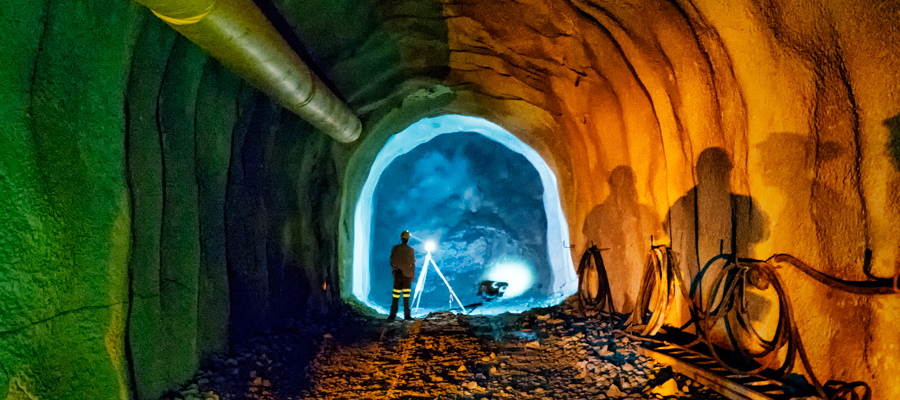General information
Halkidiki is marked by its both important and rich history and culture, inextricably connected to the mining activity in the region, specifically in its southeastern part which is rich in sulphide ores. It is also the region with the earliest mining activities compared to the other Roman colonies during Roman rule.
Cassandra mines are spread in a 200 square kilometers area between the villages of Olympiada, Stanos, Megali Panagia and Ierissos. They contain the basic sulphide and precious metal deposits of Olympiada Madem-Lakkos, Mavres Petres, the manganese-gold deposits of Piavitsa and Varvara, and the copper-gold deposits of Skouries and Megali Panagia. Northern Halkidiki’s gold, silver, lead, zinc, copper and manganese mines (Stratoni and Olympiada) were the main funders of the Macedonian realm and the campaigns of Alexander the Great.
Cornelius L. Sagoui claims in his article titled “The ancient Mining Works of Cassandra”, that was published in Economic Geology magazine, that he had found coins of Philip and Alexander in the caves of Lipzada (Olympiada) mines. More than 300 wells and approximately 200.000 square meters of ancient metallurgical waste commonly known as “skouria” (rust) from the overheating of minerals in furnaces are preserved in the area. Based on historical sources and from the finding of direct and indirect analysis made on these “rusts” the activity began in the early classical ancient times.






